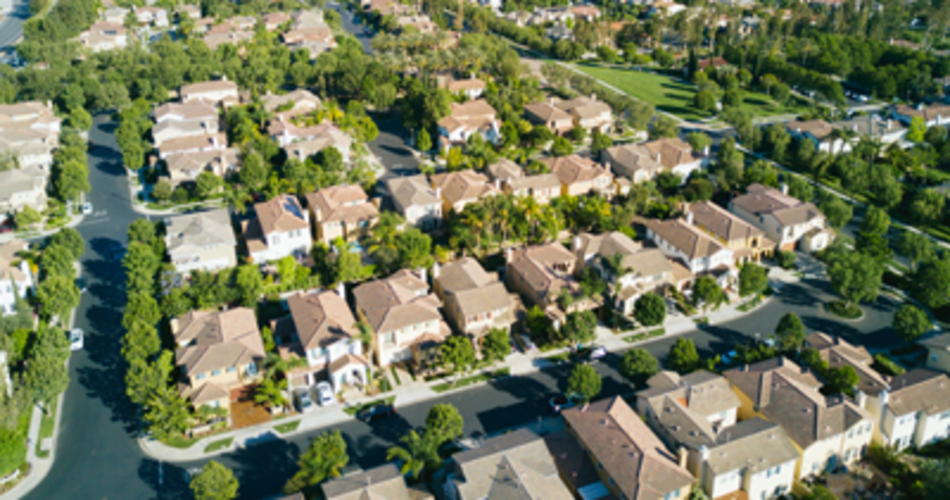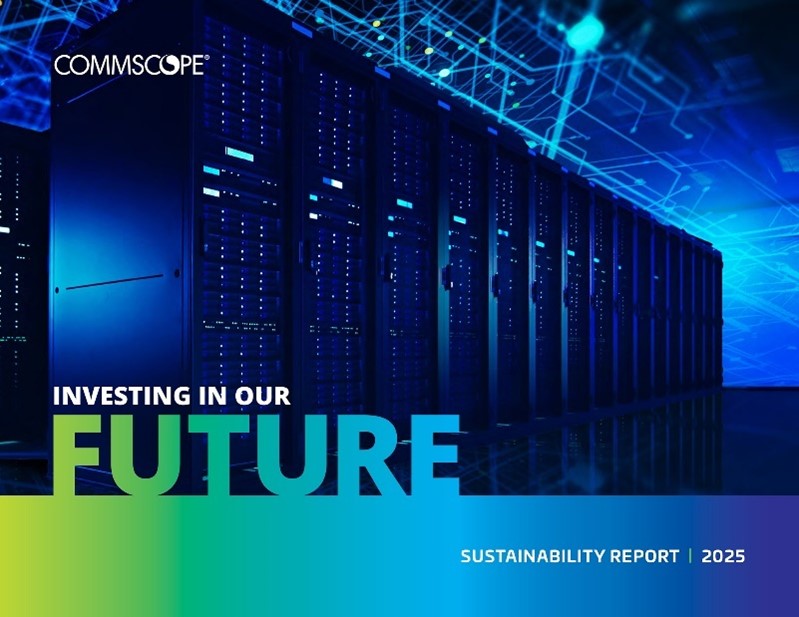 If you have a child in college, then you can relate. When it came time to choose a school, chances are you researched everything:
If you have a child in college, then you can relate. When it came time to choose a school, chances are you researched everything:
- Online reviews and rankings
- Class sizes
- Educational programs
Then you and your kids visit the top five schools. At the first one, you’re not even out of the car before your child announces, “Wow, this is it.”
They say that when your kid steps onto the right campus they’ll know. First impressions—created largely by campus aesthetics and the vibe your child gets—matter. As the student settles in, those same variables can affect everything from attitude to academic performance. That brings us to the “form follows function” discussion and how good campus technology design can make a huge difference.
The concept of the connected (smart) campus has grown tremendously over the last several years, evolving far beyond connecting the individual buildings and ensuring high-speed wired or wireless connectivity inside the dorms. Today, the connected campus features a ubiquitous hybrid network that blankets the campus, connecting students and staff inside and out to the resources, applications and systems for life, work and learning.
The campus network extends beyond the traditional IT network. It powers outdoor lighting, on-campus security, Wi-Fi, cell-based broadband for collaborative learning that happens anywhere and facility access control to protect those living on campus.
This kind of functionality is seen as a basic expectation by prospective students, their families and the university staff. At the same time, environmental aesthetics play a huge role in terms of integrating technology into the campus. Across Europe and the United States, many schools are considered historic landmarks where any design modifications, inside or out, must conform to strict guidelines to protect their aesthetic and/or cultural integrity. Whether you’re talking about the IT infrastructure or a new dining facility, form is every bit as important as function.
For some IT applications, the requirement of demanding performance powered by an infrastructure that is virtually invisible poses unique challenges. A good example are the networks of campus-wide surveillance cameras, Wi-Fi hots spots and outdoor safety lighting that keep students and staff connected and protected.
These systems require low-voltage power along with reliable high-speed data connections. Indoors, this is easily accomplished using a Power over Ethernet (PoE) network that combines power and data transmission onto a single cable. But PoE is distance limited to 100 meters. In an outdoor environment the distance from the power source to the furthest node could be a mile or more. Using a conventional PoE infrastructure to cover hundreds of acres would leave the campus littered with hundreds of pole-mounted access boxes housing the PoE extenders necessary to traverse the long distances.
Yet, given enough time, form always finds a way to follow function. In this case, the long-distance power/data network solution takes the form of an ingenious powered fiber system developed by CommScope. It can reliably power and connect devices up to 2.6 kilometers (1.56 miles) away.
To get a sense of how the powered fiber system is being used to satisfy the on-campus requirements of form and function, take a look at this interactive case study from the University of Tennessee – Knoxville.
The way in which our children learn today would have seemed like the stuff of science fiction twenty years ago. Still, here we are: having figured out how to not only make it work but work elegantly, we now wonder what hurdles we’ll need to overcome to give our grandchildren the opportunities we never had. Honestly, that is one of the best things about working for an innovator like CommScope. That moment you suddenly realize, Wow—this is it, is always within reach.
Additional resources:







